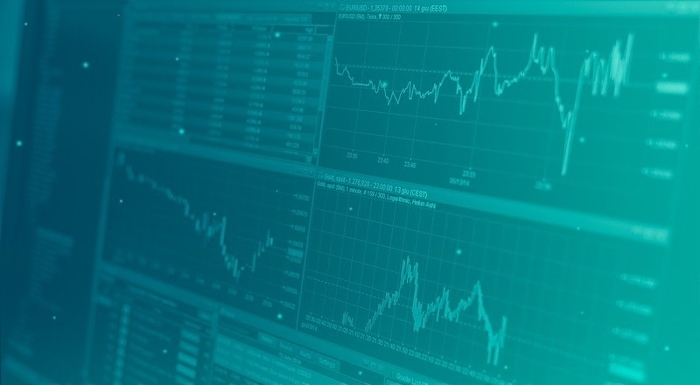
In-depth analysis and risk management are fundamental to all investments, including leverage trading.
Leverage trading can allow traders to make high returns without the need to own a large amount of capital.
Still, it can also turn into significant losses, hence the importance of risk management and trading education.
What Is Trading on Leverage?
In trading, leverage will multiply the trader’s investment capacity.
With leverage, you can take positions without having to move your capital.
Therefore, traders who want to trade higher amounts prefer a method of investing with leverage.
Leverage is a method of trading that comes with risk as losses are magnified, so beginner investors need to show caution.
Leverage is available for many products such as CFDs, Forex, and spreads, and is also often referred to as margin trading.
To illustrate how trading on leverage works, let’s take the example of the Tesla Inc. share price at $891,45.
If you decide to take one unit of the stock with 5:1 leverage, the margin would be 20%, meaning that you invest $178.29.
For some traders, especially individuals, the amount needed for investment can be excessive. Leverage is popular as it solves this problem.
Keep in mind, however, that the minimum amount you need to have to take advantage of leverage varies from broker to broker.
Most professionals use leverage no higher than 10:1, as it would increase the risk of more significant losses.
Leverage trading is not a preferred option for long-term investors who wish to limit the risks involved in trading.
The use of leverage meets the needs of several types of traders. First, investors with limited capital gain access to larger investment operations without the need for capital.
Leverage trading is also popular with those who trade forex.
Indeed, the daily percentage variations of currency pairs are minimal, and it is, therefore, essential to “multiply” these variations thanks to the leverage effect in order to make decent profits.
Why Is Risk Management Vital?
In order to trade with leverage, a risk management strategy is essential to protect against potential losses.
In concrete terms, this means not committing too much capital to the markets and using stops and limits. Especially for beginners, risk management is the foundation of a strategy.
Stops are thresholds above which your positions will automatically close at a loss, the maximum loss you allow yourself.
Limits are your price targets, the prices at which you will cash in your profits on losing positions.
Using these principles helps limit and control the risk of leverage trading. For this reason, it is vital for any trader who uses leverage in their investments.
Leverage trading is better for short-term traders with a high-risk tolerance and looking for the potential gains with day-trading operations and minimal asset variations in terms of percentages.
Remember that some markets are more appealing through the use of leverage, as is the case for forex.
(image source, pixabay)

















Recent Comments